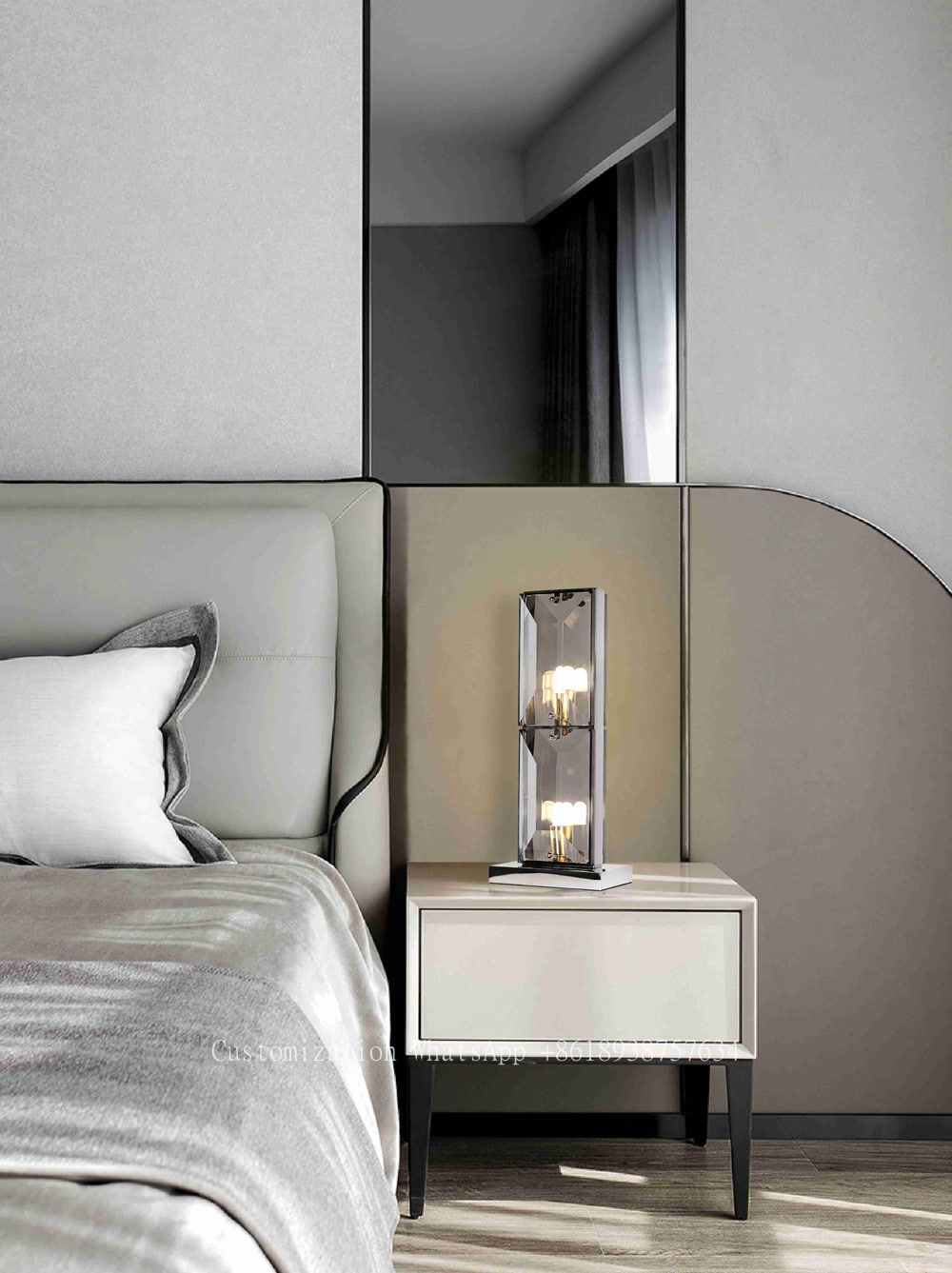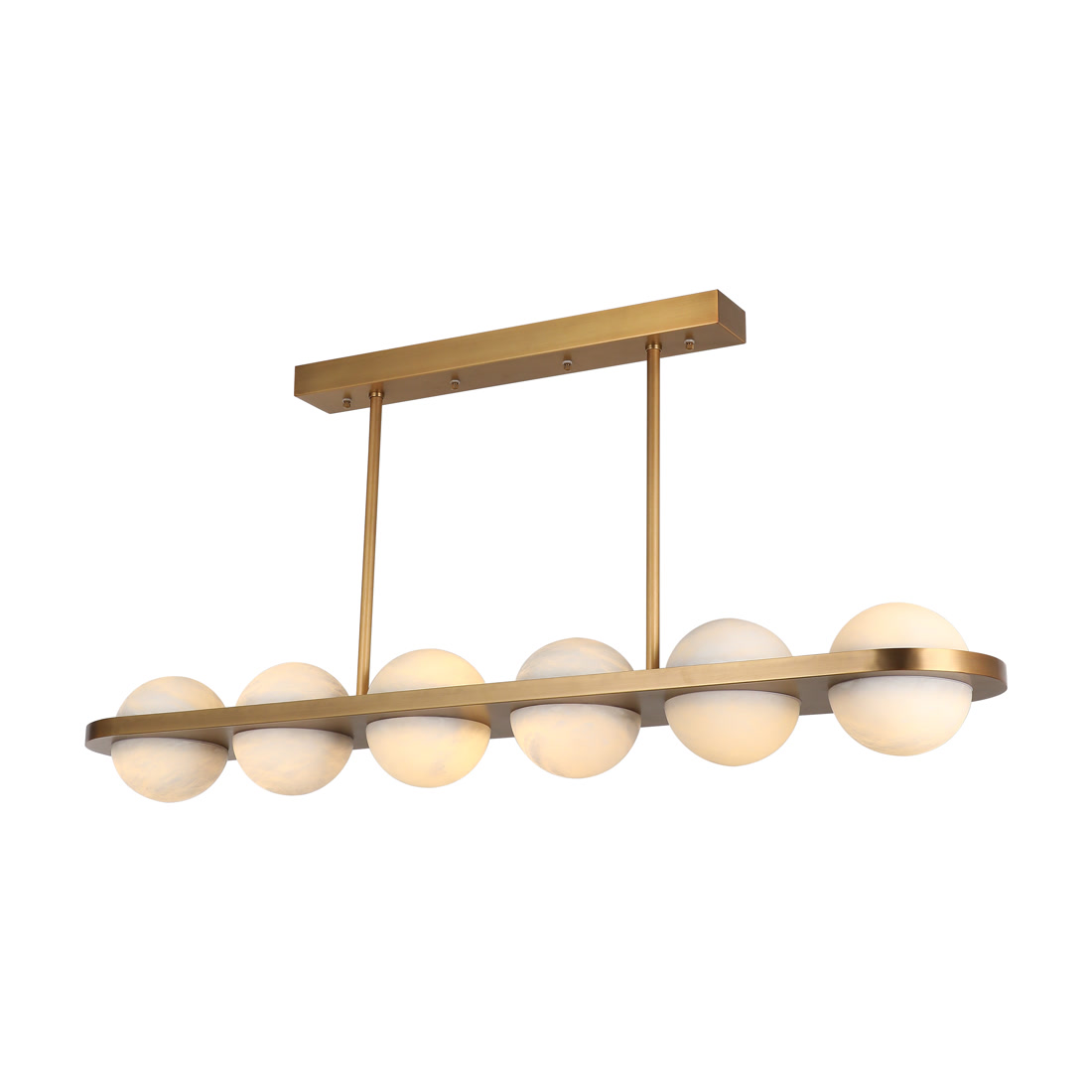The Rise of Eco-Friendly Materials in Table Lamp Production
The Rise of Eco-Friendly Materials in Table Lamp Production
Embracing Sustainability: The Shift Towards Eco-Friendly Materials in Table lamp Production
In today's world, the imperative to adopt eco-friendly practices is growing stronger. As consumers become increasingly conscious of their environmental impact, the demand for green products shows no signs of slowing down. This trend is significantly reflected in the lighting industry, especially in the production of Table lamps. Manufacturers are now prioritizing eco-friendly materials in Table lamp production, creating innovative designs while minimizing ecological footprints.
Understanding Eco-Friendly Materials
Eco-friendly materials refer to substances that are sustainable, biodegradable, or have a reduced impact on the environment compared to conventional materials. These materials are integral in the production of Table lamps to not only meet consumer demands but also to comply with stricter environmental regulations.
Common Eco-Friendly Materials in Table lamp Production
| Material | Benefits |
| Bamboo | Sustainable and renewable, highly durable, and versatile. |
| Recycled Metal | Reduces waste, decreases energy consumption, and provides durability. |
| Glass | Can be recycled multiple times, environmentally friendly, and aesthetically pleasing. |
| Organic Cotton | Biodegradable, minimizes chemical use, and supports sustainable farming practices. |
| Hemp | Requires fewer resources to grow, naturally pest-resistant, and biodegradable. |

The Benefits of Using Eco-Friendly Materials
Utilizing eco-friendly materials in Table lamp production brings numerous advantages that benefit both manufacturers and consumers. Here, we'll explore the primary benefits of integrating eco-friendly materials into lamp designs:
1. Environmental Impact Reduction
By using sustainable materials, manufacturers can significantly reduce their environmental footprint. For instance, sourcing bamboo, which grows rapidly, as a primary material lowers the ecological cost associated with deforestation and habitat destruction. Similarly, recycled metals require less energy and resources to process, showcasing a proactive approach to waste management.
2. Health Benefits
Eco-friendly materials often contain fewer harmful chemicals compared to traditional materials. For instance, organic cotton and hemp do not involve synthetic pesticides, making them safer for consumers. This reduction in harmful substances benefits indoor air quality and promotes healthier living spaces.
3. Aesthetic Appeal and Innovation
Eco-friendly materials offer unique textures and designs that can enhance the aesthetic quality of Table lamps. The natural grain of bamboo, the elegance of recycled glass, or the rustic charm of hemp fabric can add character to any room, appealing to consumers looking for unique and stylish lamp options.
Challenges in the Use of Eco-Friendly Materials
Despite the numerous benefits, several challenges must be addressed to fully realize the potential of eco-friendly materials in Table lamp production:
1. Cost Considerations
Using eco-friendly materials can sometimes result in higher production costs. Sourcing sustainable materials may not be as inexpensive as traditional options, which could lead to higher retail prices. However, as market demand continues to rise, economies of scale may help to mitigate these costs over time.
2. Limited Material Availability
Some manufacturers might face challenges in obtaining sufficient quantities of eco-friendly materials. This limitation can hinder production scalability and make it difficult for companies to maintain consistent quality and supply.
3. Consumer Awareness
While the demand for eco-friendly products is changing, there is still a level of consumer ignorance surrounding the benefits of these materials. Manufacturers must invest in educational marketing strategies that inform consumers about the advantages of choosing eco-friendly products over traditional options.
Consumer Preferences and Market Trends
Recent studies indicate that consumer preferences are shifting dramatically towards sustainability. A specific survey found that 76% of consumers are willing to pay more for environmentally friendly products. Additionally, brands that promote sustainability are perceived as more trustworthy and innovative, often attracting a loyal customer base.
Key Market Trends
- Increased Customization: Consumers are looking for personalized options in Table lamps made from eco-friendly materials. This trend encourages flexibility in design and production.
- Integration of Technology: Smart Table lamps that incorporate energy-efficient LED Lighting with eco-friendly designs are gaining popularity.
- Minimalist Designs: The rise of minimalist furniture and decor trends aligns well with the Aesthetics of eco-friendly materials, making them more appealing to consumers.
Innovative Eco-Friendly Table lamp Designs
The creative integration of eco-friendly materials has led to remarkable designs in Table lamps. Here are a few innovative examples:
1. Bamboo and LED Combinations
Designers are manufacturing sleek Table lamps with bamboo bases paired with LED technology. This combination offers a modern look without compromising the environment. The energy efficiency of LEDs complements the sustainability of bamboo, making these lamps both stylish and responsible.
2. Recycled Glass Shades
Some creators are transforming recycled glass into stunning lamp shades, capturing light in artistic ways. This not only promotes sustainability but also gives each lamp a unique appearance depending on the glass's previous life.
3. Fabric lampshades from Organic Cotton
Using organic cotton for lampshades provides a soft texture and natural look. This choice highlights that eco-friendly products can also be luxurious and inviting, appealing to consumers seeking warmth in their interior designs.
The Future of Eco-Friendly Table lamp Production
The future of eco-friendly materials in Table lamp production looks promising. With ongoing advancements in technology and increasing consumer awareness, manufacturers have the potential to revolutionize their production processes. The continued introduction of sustainable practices in lighting design will drive the growth of eco-conscious brands.
Conclusion and Recommendations
In summary, the shift towards eco-friendly materials in Table lamp production not only satisfies consumer demand for sustainable products but also benefits the planet. As we move forward, it is crucial for manufacturers to address the challenges while emphasizing the benefits of sustainability. Here are a few recommendations:
- Invest in Sustainable Supply Chains: Building relationships with suppliers of eco-friendly materials.
- Educate Consumers: Creating awareness campaigns that highlight the advantages of using eco-friendly Table lamps.
- Embrace Innovation: Continuously exploring new materials and technologies that enhance sustainability in lamp design.
Utilizing eco-friendly materials in Table lamp production is an essential step towards a more sustainable future. By making informed choices, consumers can support industries that prioritize ecological well-being and foster a cleaner, greener planet for generations to come.
